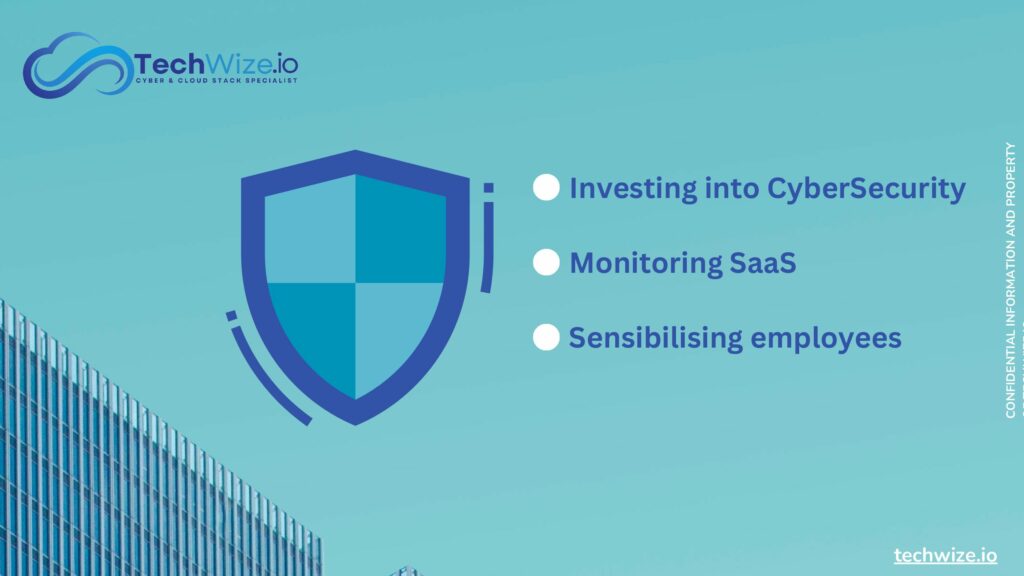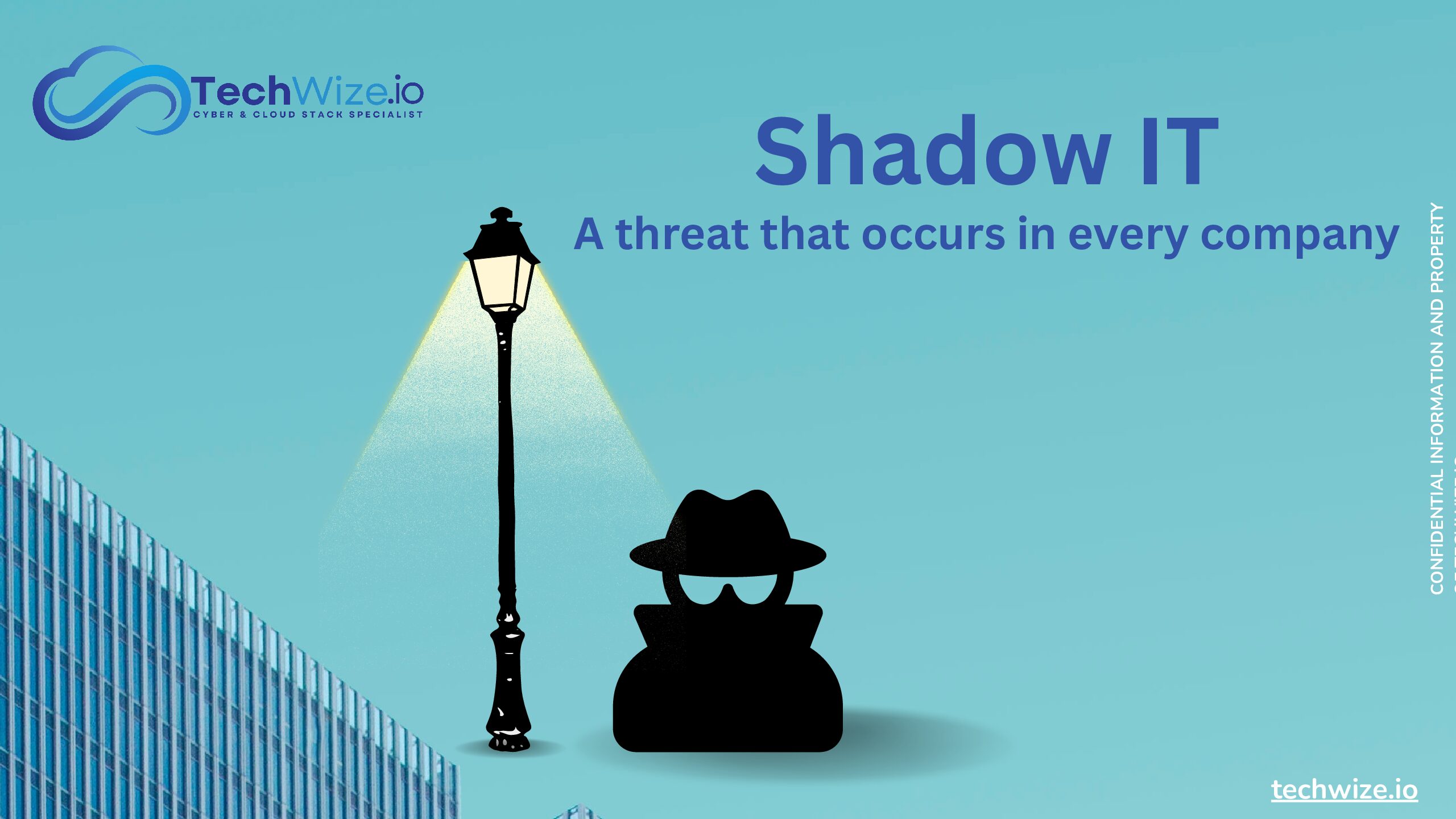Understanding shadow IT
Shadow IT refers to the unauthorized use of software such as SaaS and cloud services within a company, without the knowledge of the IT department. Shadow IT can take on a variety of forms, ranging from unknown use of communication applications (Slack, Whatsapp) or repositories (GitHub, Githab) to the use of cloud storage banks to store sensitive company information. Shadow IT shouldn’t be overshadowed. In fact, it costs companies a massive amount of money. We are talking about several trillion dollars per year which could all be easily avoided through implementing some simple precautions such as regular monitoring of company devices to find any traces of possible shadow IT.
Why has there been an increase in shadow IT?
Technology has rapidly evolved since the start of the 21st century and has become a source of increased productivity for nearly every industry. It has come with its own consequences, however. Due to the sheer speed at which technology continues to grow, most employees working for companies haven’t had the time to become familiar with the source of their digital workspace. They often use software tools to make them more productive. Unfortunately without the knowledge of their IT department, usually being unaware that some applications are unsafe and pose a large threat to their organization by increasing their attack surface from malware. The reason why there has been a sudden influx in shadow IT is likely due to the fact that most organizations don’t take the necessary precautions to sensibilize and educate their workforce to avoid shadow IT as a whole.
How shadow IT enters your organization

Shadow IT is a problem that almost every firm has to face. In 2017, 30% – 40% of all spending in the IT departments of large companies came from shadow IT. Knowing that a large portion of employees needs to be sensitized, there’s no doubt that this figure is still high today. It can enter your organization in several different ways. Here are some of the more common ones:
- Through the installation and use of SaaS which aims to provide employees with an immediate solution to their IT-related problems
- Lack of IAM with proper authentications
- Through the unauthorized use of company emails to create accounts for platforms unbeknownst to the IT departments
- Downloading of unauthorized work tools to store company data like Google Drive
- Forgetting to offboard previous employees’ SaaS tools. In fact, 31% of people still have access to their previous employer’s SaaS tools.
Risks of shadow IT
- Giving third parties unauthorized access to sensitive data which could later be sold to people with malicious intent, putting your organization at risk
- Third parties with unauthorized access could alter data which could have disastrous consequences for the organization
- Risk of malicious code being implemented into production-grade software systems. This can be done both intentionally and unintentionally
- Reputational risks could be a concern as having shadow IT could cause data leaks and performance-related issues, causing an organization to lose its reputation
- General cyber security risks such as having lots of shadow IT in an organization’s infrastructure could potentially increase the surface for a possible cyber attack
How to prevent shadow IT
Shadow IT is a serious cyber threat that most organizations are affected by. In fact, the average company has 1083 cloud services, 975 of which are unknown. There are, however, ways in which companies can combat these problems. One of the methods that a company could use may be the monitoring of all company email usage. This would allow the IT department to see instances of people onboarding shadow IT into the network and stop it before it becomes a serious cyber threat. This way you can also identify unexpected costs that can be easily decreased but this is another topic. Another method that organizations could use may be to improve communication between managers and employees to set clear rules to avoid miscommunications resulting in people unknowingly putting the network at risk. This is GCR that must be done internally.
Conclusion

To sum everything up, shadow IT is a serious problem that’s undermined by most companies but is, in fact, the leading cause of many IT-related issues such as data breaches. In an increasingly technology-oriented business environment, shadow IT shouldn’t be ignored and companies should invest more money and time into their IT departments. If shadow IT is left unattended for too long, it can increase the surface for a possible cyber attack resulting in much larger issues for organizations and may eventually even lead to a company’s entire network being put at risk, ruining their reputation.

